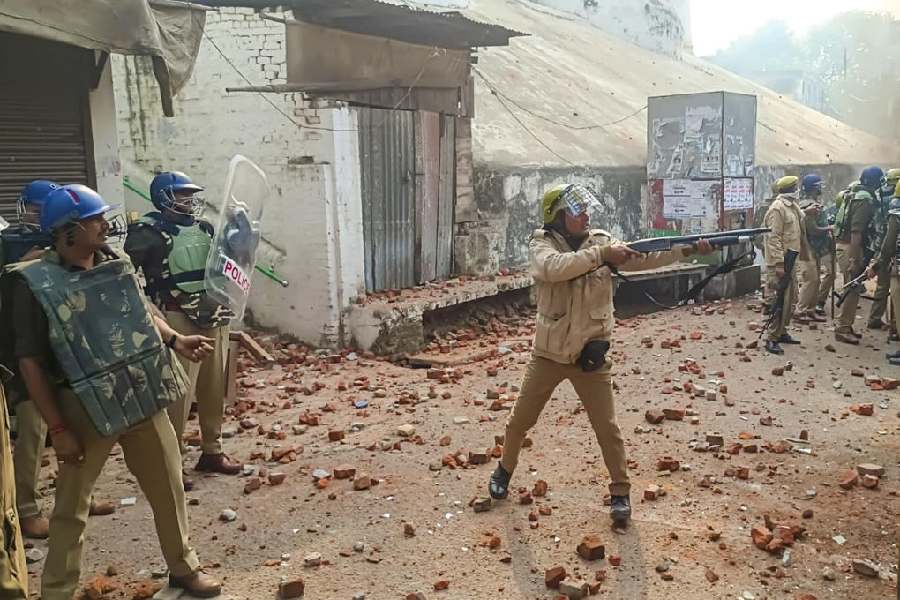Three months ago, a large number of senior faculty members across state colleges and universities were unaware of the technical nuances of a webinar.
At present, however, almost all faculty members have learned to attend and participate in a webinar, according to the need of the hour.
The professors have learnt the use of applications like Google Meet, Zoom and Cisco Webex, opening a new route of imparting academic lectures.
“I didn’t know anything about webinars and I never attended any of the sessions. In these three months, I have not only attended more than 20 webinars but also completed a counseling course on Udemy, the online-learning app,” said the spokesperson of Kolhan University A.K. Jha.
Kolhan University has organised a number of webinars, apart from lectures on YouTube.
In fact, the new vice-chancellor of Kolhan University, Gangadhar Panda, has participated in around 20 webinars.
For students and teachers, the virtual world has thrown up opportunities which the normal times couldn’t give.
In Karim City College, the mass communication-video production department successfully organised multiple alumni interactions with students.
The English department successfully organised five literary sessions on Google Meet. The list of authors included in this initiative, called Writers Beyond Distance, were Shana Singh Baldwin, Tabish Khair, Gita Hariharan, Kavita Ezekiel Mendonca, and others.
Around 100 students attend these literary sessions at a time. A senior faculty member of the college said the highest numbers of students attending online classes are in the department of mathematics where the number exceeds 250 per session.
“Not only literary sessions but students have been able to attend lectures in other universities. Moreover, guest lecturers, especially the ones with authors, are organised at zero expense. Usually, a literary session has a certain cost but this is free and many students have benefited,” said senior faculty member of English, Karim City College, Yahiya Ibrahim.
The only shortcoming academicians feel is the inequality of smartphone availability, especially for poor students. Many students from rural areas are unable to connect due to the unavailability of smartphones and poor network in those areas.











